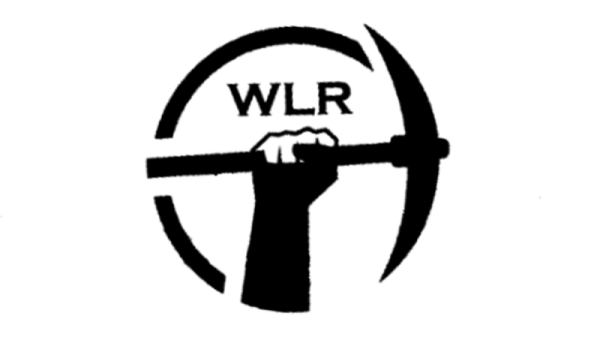Hottest day, hottest week, hottest month, and – increasingly likely – hottest year; 2023 has garnered unwanted records as the climate crisis escalates.
Animals, like humans, are greatly affected by the rising temperatures. Species that have evolved tactics to combat the heat are relying on those behaviors to try to keep cool.
From peculiar methods like “splooting,” to changing physiology altogether, here are four ways different creatures are trying to beat the heat.
Splooting
You might never have heard of it but if you’re a cat or dog owner, you’ve almost definitely seen a “sploot.”
Also known as “frogging” or “pancaking,” splooting is the flat-out, spread-eagle posture beloved by many four-legged animals and animal-lovers alike.
Yet splooting – which was added to the Collins Dictionary in 2021 – serves a purpose beyond comfort and cuteness. In scientific circles, it’s known as “heat dumping.”
The term shot to prominence in August 2022 after pictures of squirrels splayed out on their bellies in New York City sent the internet into a frenzy. Scientists offered a logical explanation.
Splooting is a popular method of thermoregulation for squirrels, especially among larger species, as they do not lose much body heat through sweating, Devitz explained.
“It’s quite possible there’s a higher incidence of this type of behavior in squirrels that are in urban areas, just because they’re more in need of ways to cool down,” she said.
“With climate change, overall temperatures are rising. We’re seeing more of these heat spikes, more drought. I think it’s quite possible that this behavior will be more and more prominent and more and more necessary for the squirrel.”
Shapeshifting
Some warm-blooded animals are developing different body shapes to adapt to a hotter climate, scientific research has found.
A 2021 report noted that some animals are developing larger beaks, legs and ears to better regulate their body temperatures. One Australian parrot species showed an increase in beak size of up to 10% since 1871 – the biggest shift in appendage size seen in the review, with smaller increases recorded in shrews’ tails and bats’ wings.
“We also don’t know whether these shape-shifts actually aid in survival (and therefore are beneficial) or not. This phenomenon of shape-shifting shouldn’t be seen as a positive, but rather it is alarming that climate change is pushing animals to evolve like this, under such a relatively short timeframe.”
The study also noted that while climate warming was a “compelling argument” as the driving force behind these changes, it was difficult to be certain given the multifaceted effects climate change has on the environment.
Spitting and snotting
Two Australian animals put their bodily fluids to good use in the battle to beat the scorching temperatures of the outback.
Red kangaroos, the largest species of marsupial, lick their forearms, covering a packed network of blood vessels and capillaries in spit. As the glistening coat of saliva evaporates, it lowers their body temperature.
Meanwhile, echidnas, small quill-covered mammals also known as spiny anteaters – have been found to blow snot bubbles to help combat overheating, according to a 2023 study.
Unable to sweat or pant, it was once thought that their primary defense from high temperatures was simply hiding from the sun.
However the report, which used thermal vision to monitor wild short-beaked echidnas, showed that they blow mucus bubbles that wet the tip of their snouts. When the moisture evaporates, it cools a large pool of blood located in a sinus at the beak’s tip.
Lead author Dr. Christine Cooper said in a press release that understanding how echidnas keep cool could help predict how they might respond to climate change.
Pooping
Storks are one of a handful of birds known to excrete liquid onto their legs when they overheat. The liquid – which contains both feces and urine – evaporates, lowering body temperature in a process akin to sweating in humans.
The method – known as “urohidrosis” – is more common in longer-legged birds such as storks, condors, and boobies, and requires regular access to drinking water, according to a 2021 report.
Other birds, including pelicans and cormorants, use a technique known as “gular fluttering” – opening their mouths and rapidly vibrating their moist throat membranes to cause evaporation.
The report noted that understanding how animals regulate heat could help to “improve our capacity to make accurate predictions of climate change’s impact on biodiversity,” and determine how vulnerable some species are to heat stress.







































